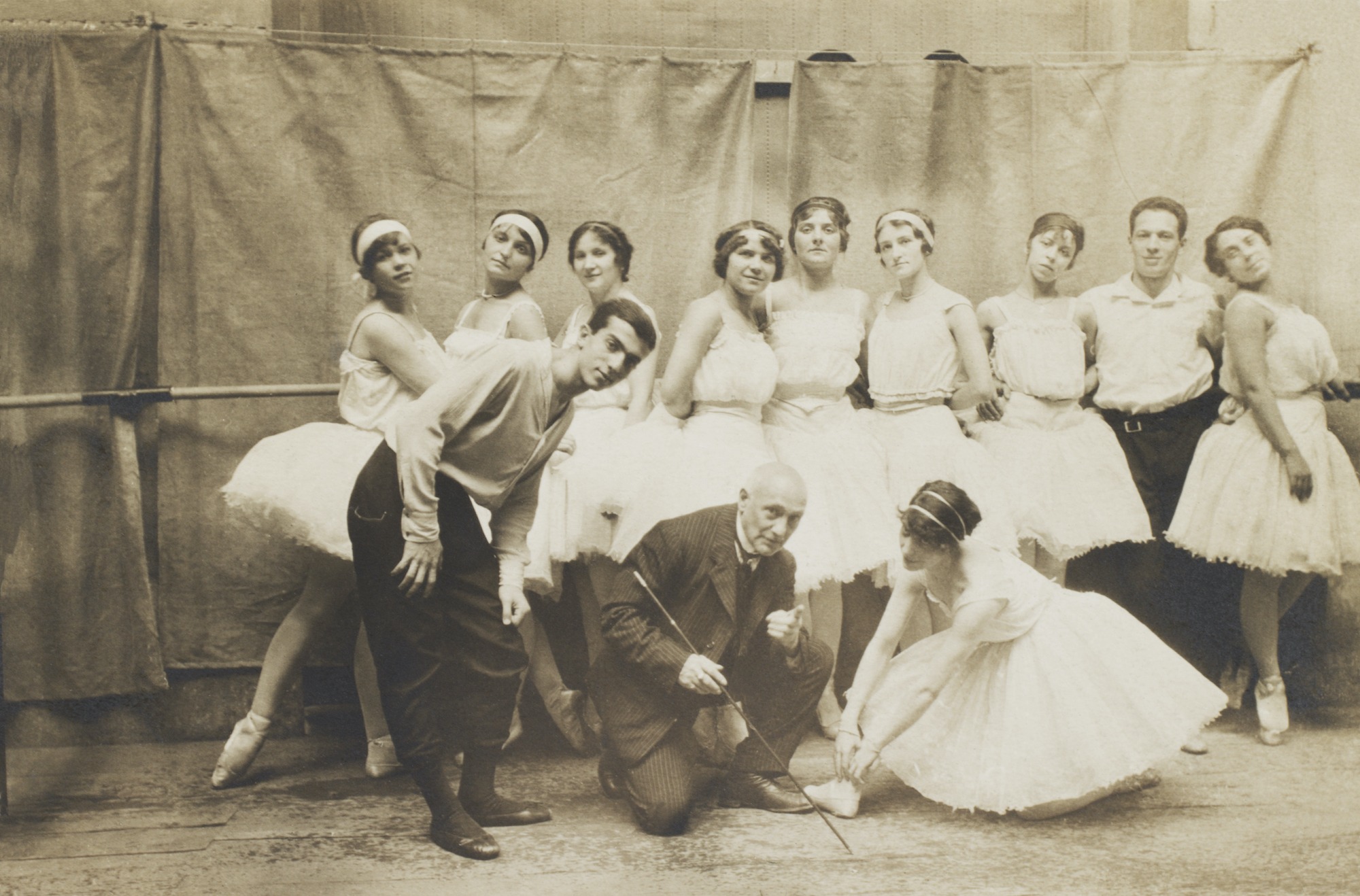people » Léonide Massine
Léonide Massine (1895-1979). Dancer, Choreographer, Director, Ballet Master and Teacher
Léonide Massine, one of the most important choreographers of the 20th Century, was born in Moscow in 1895. He trained at the Imperial Ballet School in Moscow and was torn between acting and a dancing career. He joined the Bolshoi Ballet in 1913 and was subsequently discovered by Serge Diaghilev, who invited him to join his Ballets Russes in 1914. Massine continued his ballet studies with the great teacher, Enrico Cecchetti, and almost immediately created the title role of Mikhail Fokine’s The Legend of Joseph.
Meanwhile Diaghilev took control of his artistic education, as well as becoming his lover. Massine was introduced to a wealth of artists and musicians, as well as sent to visit museums and galleries. In 1915, he choreographed his first ballet for the Ballets Russes, Le Soleil de nuit to music by Rimsky-Korsakov. Then came a flood of brilliant works, many of which remained in the repertoires of several international companies for years to come. The variety of the subject matter and their theatrical qualities, as well as Massine’s ability to bring both humour and drama to his works made them both an inspiration at the time and a yardstick for the future. He incorporated ballet, folk dance and demi-caractère styles, all with tremendous flair and characterisation. Massine also often danced in his own works, giving a wonderful template for future interpretations. He had phenomenal energy and expected no less form his dancers.
Massine’s range as a choreographer was legendary, especially his experiments with his “symphonic ballets”, such as Symphonie Fantastique (to Berlioz), Les Présages (Tchaikovsky) and Seventh Symphony (Beethoven). He worked frequently with Diaghilev’s Ballets Russes until he married his first wife, dancer Vera Savina, in 1921. Thereafter he continued to dance and choreograph with many companies world wide, including both Colonel de Basil’s Ballet Russe and also the Ballet Russe de Monte-Carlo, and travelled the world to stage his ballets. Massine was involved in films, notably The Red Shoes (1946) and The Tales of Hoffman (1951), and in 1969, towards the end of his life, he became a guest teacher of choreography at The Royal Ballet School in London. Thus a new generation of dancers became acquainted with the man and his works. Massine died in New York in 1979.

